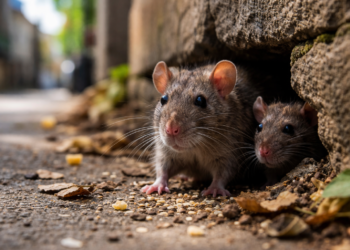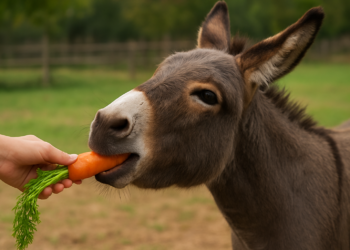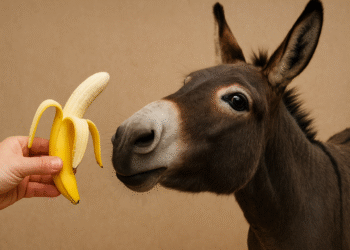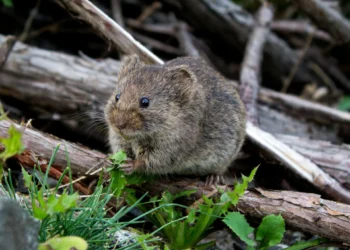Guinea pigs are small, social creatures that make for excellent pets. As responsible pet owners, it is essential to ensure that they receive proper nutrition. A common question that arises when trying to provide a healthy and varied diet for guinea pigs is, “Can guinea pigs eat radishes?” In this comprehensive guide, we will explore the various aspects of feeding radishes to guinea pigs, including the nutritional benefits, potential risks, and proper feeding methods.
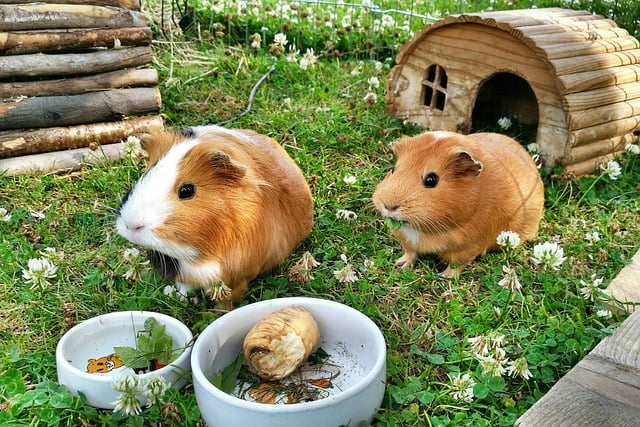
Nutritional Benefits of Radishes for Guinea Pigs
Radishes are a nutritious vegetable that can provide several health benefits to guinea pigs when fed in moderation. Some of the key nutritional components of radishes include:
Vitamins
Radishes are a good source of Vitamin C, which is essential for guinea pigs as they cannot produce this vitamin on their own. Vitamin C helps maintain a healthy immune system, thus preventing scurvy and other related health issues. Additionally, radishes contain small amounts of Vitamin B-6 and Vitamin K, which can contribute to overall health.
Minerals
Radishes are rich in potassium, which helps maintain a healthy balance of fluids in the body and supports proper muscle function. They also contain trace amounts of other essential minerals such as calcium, iron, magnesium, and phosphorus.
Dietary Fiber
Fiber is crucial for maintaining a healthy digestive system in guinea pigs. Radishes contain a good amount of dietary fiber that can aid in digestion, keeping your pet regular and preventing gastrointestinal issues.
Potential Risks and Precautions
While the nutritional benefits of radishes can be advantageous for guinea pigs, there are also potential risks and precautions to consider.
Oxalates
Radishes contain oxalates, which can be harmful to guinea pigs in large quantities. High levels of oxalates can lead to kidney stones and other urinary system issues. Therefore, it is essential to feed radishes in moderation to avoid these health complications.
Gas and Bloating
Guinea pigs have sensitive digestive systems, and certain vegetables can cause gas and bloating. While radishes are not as likely to cause these issues as some other vegetables, it is still important to monitor your guinea pig for any signs of discomfort after feeding them radishes.
Pesticides
If you are feeding your guinea pig store-bought radishes, it is essential to wash them thoroughly to remove any potential pesticides. Pesticides can be toxic to guinea pigs and may cause severe health issues.
Proper Feeding Methods
To safely and effectively feed radishes to your guinea pig, consider the following guidelines:
Moderation
As mentioned earlier, it is vital to feed radishes in moderation due to their oxalate content. A small piece of radish once or twice a week should be sufficient for your guinea pig.
Variety
Guinea pigs thrive on a varied diet, so it is essential to provide them with a mix of vegetables and fruits along with their staple diet of hay and pellets. By offering a variety of foods, you can ensure that your guinea pig receives all the necessary nutrients they need to stay healthy.
Preparation
Wash the radishes thoroughly to remove any potential pesticides or contaminants. Cut the radish into small, manageable pieces to prevent choking hazards. You can also feed your guinea pig radish leaves, as they are safe and nutritious as well.
Alternatives to Radishes
If your guinea pig does not enjoy radishes or if you are concerned about potential health risks, there are several alternative vegetables that can provide similar nutritional benefits.
Bell Peppers
Bell peppers are an excellent source of Vitamin C and are low in oxalates, making them a suitable alternative to radishes. They can be fed more frequently than radishes and are available in various colors, providing a mix of flavors for your guinea pig.
Cucumbers
Cucumbers are another low-oxalate vegetable that can be fed to guinea pigs. They are hydrating and contain small amounts of Vitamin C, potassium, and other essential nutrients.
Leafy Greens
Leafy greens such as lettuce, kale, and spinach can be a nutritious addition to your guinea pig’s diet. However, it is essential to choose low-oxalate varieties and feed them in moderation to avoid potential health issues.
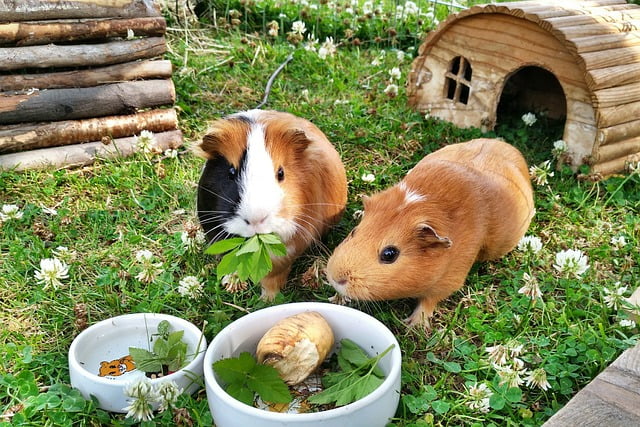
Conclusion
In conclusion, guinea pigs can eat radishes as part of a varied and balanced diet. Radishes can provide essential nutrients such as Vitamin C, potassium, and dietary fiber. However, it is crucial to feed radishes in moderation due to their oxalate content and potential for causing gas and bloating. Always wash the radishes thoroughly before feeding them to your guinea pig, and consider offering alternative vegetables such as bell peppers, cucumbers, and leafy greens to provide a well-rounded diet.


